The future is tasty (and fair!): A big overview of innovation in meat alternatives
While the popularity of meat alternatives has grown, for reasons ranging from environmentalism and ethics to intolerance, trendiness or holistic health, the reality is that vegans, vegetarians and flexitarians still form a small minority globally. To move the actual masses, the transition needs to be super convenient in terms of taste, mouthfeel, texture, and price. What innovation is already cooking in the alt meat industry? How can 3D printing, biotechnology or mixing plant-based proteins disrupt this whole segment? And what business opportunities do all these entail?

Veganism is on the rise while masses still eat meat. The most exciting news in this decade? Innovation in vegan meat is going to bridge the gap!
Economically, vegan meat is leading the plant-based industry in overall growth. The global plant-based ingredient market announces record sales year after year and is expected to grow at a 9% rate during the 2019-2025 period, with the plant-based protein market accelerating at an 18% rate. In the past decade alone, the plant-based market in Western Europe has in fact doubled in size. According to Euromonitor, Europe was accounting for 38.5% of the total global revenue in 2017.
The numbers go hand in hand with the rise in preferences. In 2021, over 580,000 joined Veganuary, an annual challenge which seems to rise by 200,000 participants year after year. Meat eaters, too, are drawn by the lower health risks associated with non-animal sourced proteins, a desire to reduce the environmental impact of their food choices, and concerns about animal welfare, The Conversation informs. Yet the mass habitual consumption of meat still occurs on a daily basis – including red meat. According to Good Food Institute 2020 data, 98% of people in the U.S. who buy plant-based meat also purchase conventional meat.
The goal of the alternative meat movement is to make the transition for these consumers, from flexitarians to hard-core meat eaters, as seamless as possible – bridging the gap between the accustomed taste, texture and experience of meat and their current experience when consuming plant-based protein alternatives. In other words, the missing piece in the sustainable future for mankind could easily lay in the innovation of vegan meats.
What makes meat meat?
For reasons ranging from psycho-social (habit, composition of meals we are used to eating as well as our parents conditioning us to “at least finish the meal” before leaving the table) to nutritional (protein source), eating meat has been ingrained in our modern culture.
According to Jacy Reese’s book The End of Animal Farming, the “four Ns” are the main reasons people stick with meat consumption:
- Normal. Many consumers may be wary of straying from accepted norms.
- Necessary. Animal protein has been ingrained in society as essential for health, at least before veganism started challenging the status quo in the past decades.
- Nice, or pleasurable to eat. This very element might be the reason it’s so hard to simply switch to alt meat. Many people simply aren’t interested in the substitutes, or they’re reluctant to give up favorite animal-based dishes.
- Natural. It might seem natural for humans, being omnivores, to eat meat, although this question had been debated for centuries, according to Sapiens author Noah Yuval Harari. Reese argues that if we define natural as, roughly, that which would exist without modern human technology, then “virtually no modern food is natural.” For centuries, animals have been selectively bred to maximize meat production.
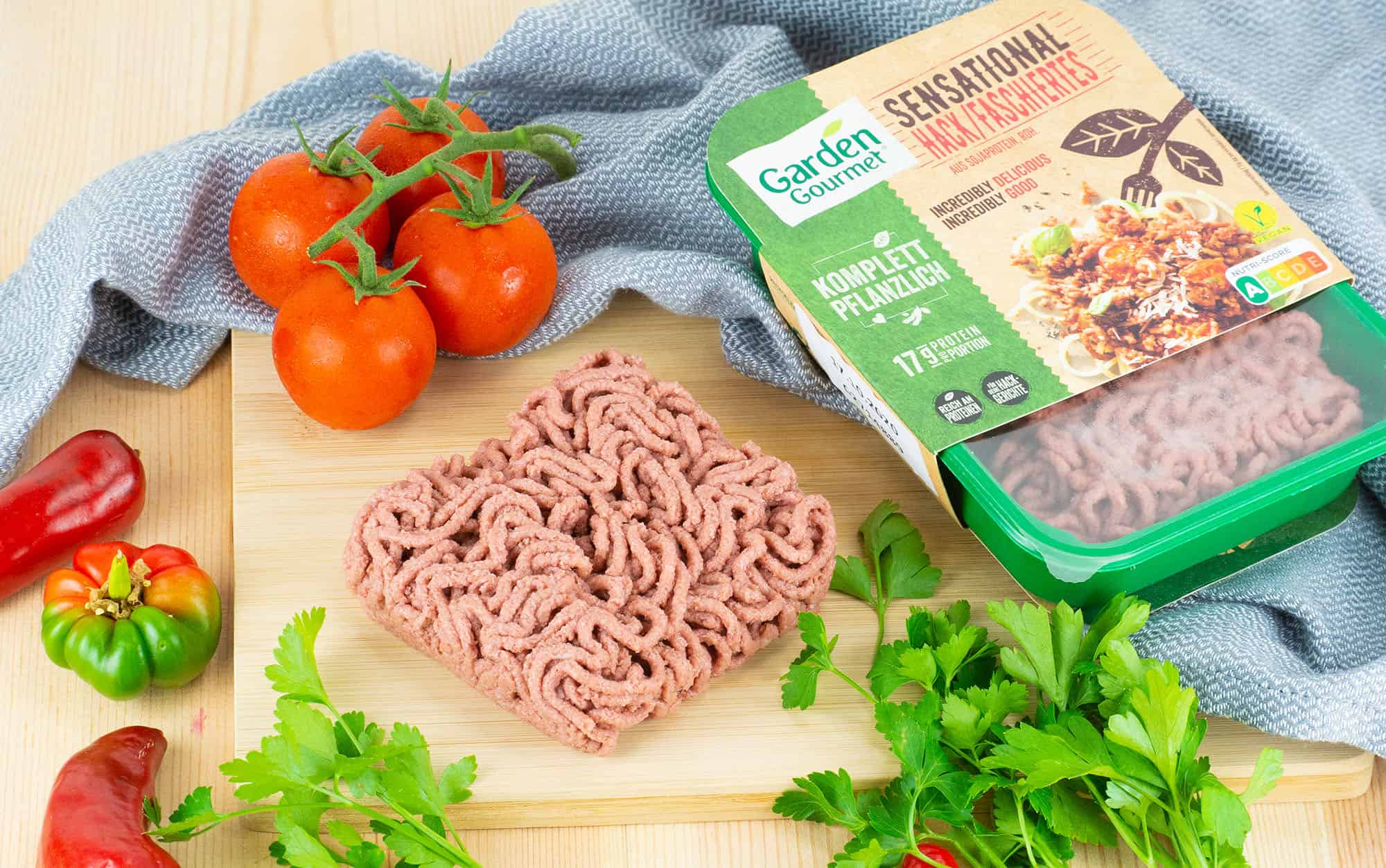
Alt meat: Rise, milestones and industry leaders
Similarly, the need to find a suitable alternative for meat is as old as veganism itself (which, according to Time, dates back to 1944 when the word “vegan” was first officially used to describe people who didn’t eat dairy and eggs by British woodworker Donald Watson).
What we understand as alternative meat for the purposes of this article is a ready-made plant-based edible product that resembles meat in terms of nutrition, texture, and ideally, taste. It reminds us of meat and can be used in recipes as such.
In a much broader sense, it is any replacement of where people would traditionally use meat: tofu, seitan, and other plant-based protein foods would fall under this category. Today, due to millennial influencer chefs such as Chloe Coscarelli, Derek Sarno or Gaz Oakley, it is understood that a complete dish doesn’t have to consist of a meat replacement, as a wide range of veggies, legumes and carbs combined provide balanced nutrition as well as a full experience.
Fast forward to recent years, in 2012 Beyond Meat released a chicken-like substitute to target consumers previously missed by alt meat companies – meat-lovers. In 2016, Impossible Foods announced a burger that took further steps in understanding the carnivorous consumer: to an extent, they managed to recreate the flavor profile of meat. For the first time in history, vegan meat started to feel like actual meat. With livestock being the major contributor to greenhouse gas emissions, the need to seamlessly incorporate alt meat products in people’s lifestyles is urgent.
How to close the gap? First, new protein sources.
So how do you make that transition easy and accessible for regular consumers, from families to youth? Ingredient innovation is one of the answers. “Only an estimated 10% of plant protein sources are currently being utilised,” Proveg International’s Plant-based insights discovered in 2020. Nowadays, the three most used ingredients in vegan meats are:
- Pulses (soy, pea, wheat, canola, chickpea, fava bean, lentil, mung bean, navy bean)
- Grains (wheat, oat, quinoa, rice, sorghum, millet)
- Nuts and seeds (peanut, sunflower, almond, hemp, chia and flax), as well as others like corn, rice or potato.
Recent explorations uncovered other sources with growth potential: algae like spirulina or chlorella. They require further development in processing, scaling, and pricing to be able to be used as widely as the above, but promise a diversity of basis for vegan meat, according to The Good Food Institute. Since algae farms are sustainable in terms of land and water usage, it is expected that the future of vegan meat will be increasingly algae-friendly. For their nutritional profile, as well as taste direction, algaes are used in the newly emerged vegan fish market: vegan tuna, crab cakes, fish patties as well as algae-based shrimps. French startup Odontella has been producing algae-based salmon since 2018. Sofine and Garden Gourmet (Nestlé) are other European brands in the category. Garden Gourmet, a proud bearer of V-Label, was one of the first in Europe to introduce fish-less tuna (vuna). Big retailers such as Whole Foods, Tesco, or German Aldi are already stocking up on fish-free fillets or “fish” fingers.
Some of the new protein sources have high growth potential, according to The Good Food Institute study. Apart from algae, sunflower seeds are potentially cost effective as they are a byproduct of 3rd biggest oilseed. Duckweed is another one to watch – more digestible than pea or soya, sustainable to grow, and with excellent nutritional properties. Apart from alt meat, it can be used in milks and snacks. Both need to be scaled up for commercial development. Chickpea, navy bean, and oats have great potential once by-product utilization (starch) is improved. Mung bean is high on the list too, if cost-improved. Other ingredients, such as fonio (an ancient West African grain only recently approved to use in the EU, which serves as an egg replacement in burgers), need a bit more exploration and optimization to be used widely. And the list goes on: bambara bean, lima bean, mucuna bean, sesame, cashew nut, camelina, watermelon seeds, yeast, or wheat grass.
Another significant shift is using ingredients that have been successfully used in the plant-based industry, but mixing them up – oats, for instance. Advancements in technology allows Gold and Green, a Finish company, to turn them into plant-based meat. And vice versa: fava beans or peas, typically used in alt meat, are finding their way to create vegan ice-creams or milks. “We are going to see more raw materials that are no longer being confined to one product category,” Proveg International’s white paper further states. This means off flavours of peas as a product base are no longer going to limit vegan meat creation, and companies will be able to find as many market applications as possible from one protein source.
Fresher options from jackfruit or mushrooms, too, are going to be more widespread. In 2017, globally, frozen meat alternatives were more popular than refrigerated or shelf-stable variants, with a market share of 77.2%, according to Market Research Future. This is largely due to the fact that we can find a variety of ready-made vegan meat meals in the supermarkets’ frozen sections, while natural, whole food options with a shorter shelf life are still at their infancy.
Fermented protein is another niche, using technology able to create vegan whey and casein. The fermented protein industry includes fungi, koji, bacteria, mycelium, and microalgae.

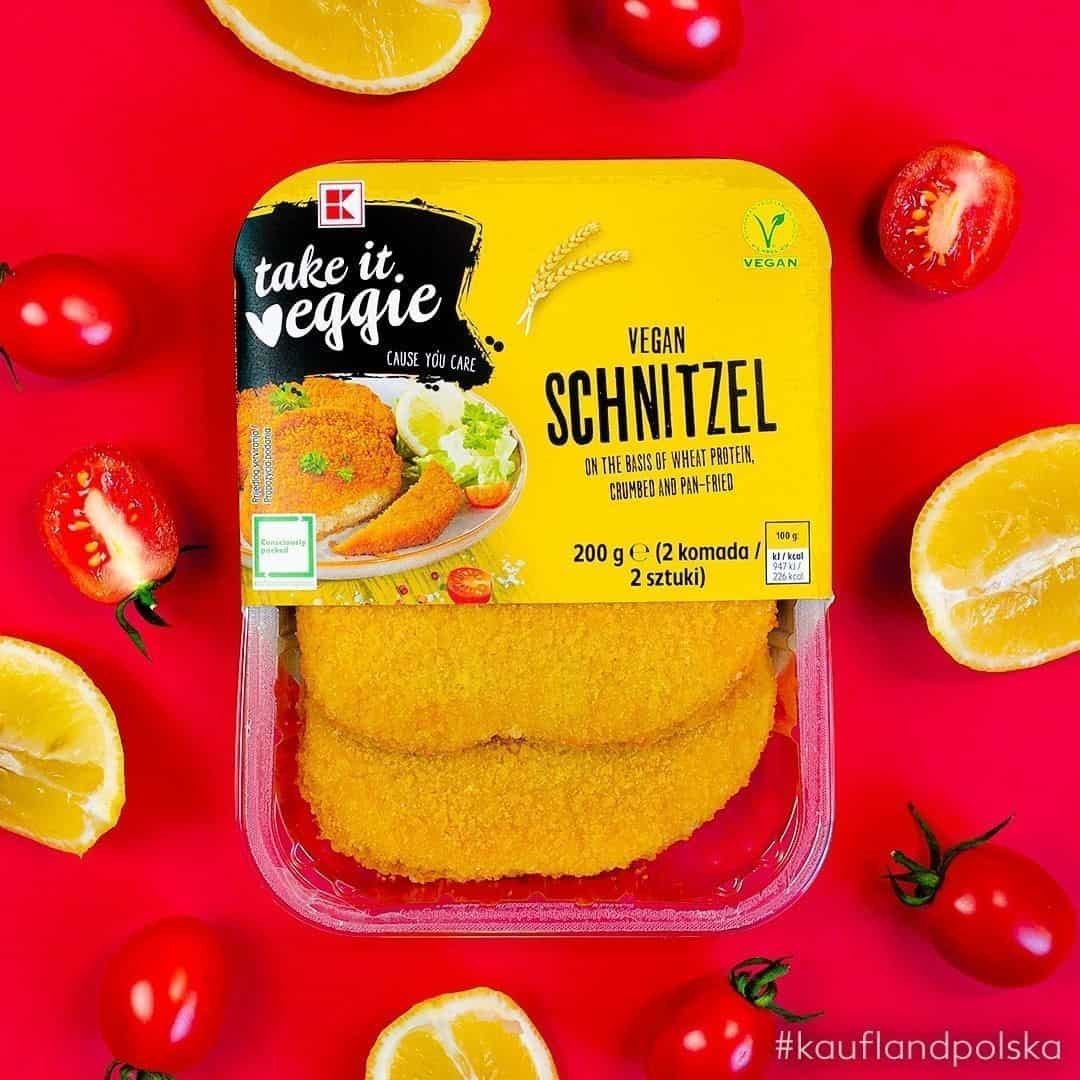
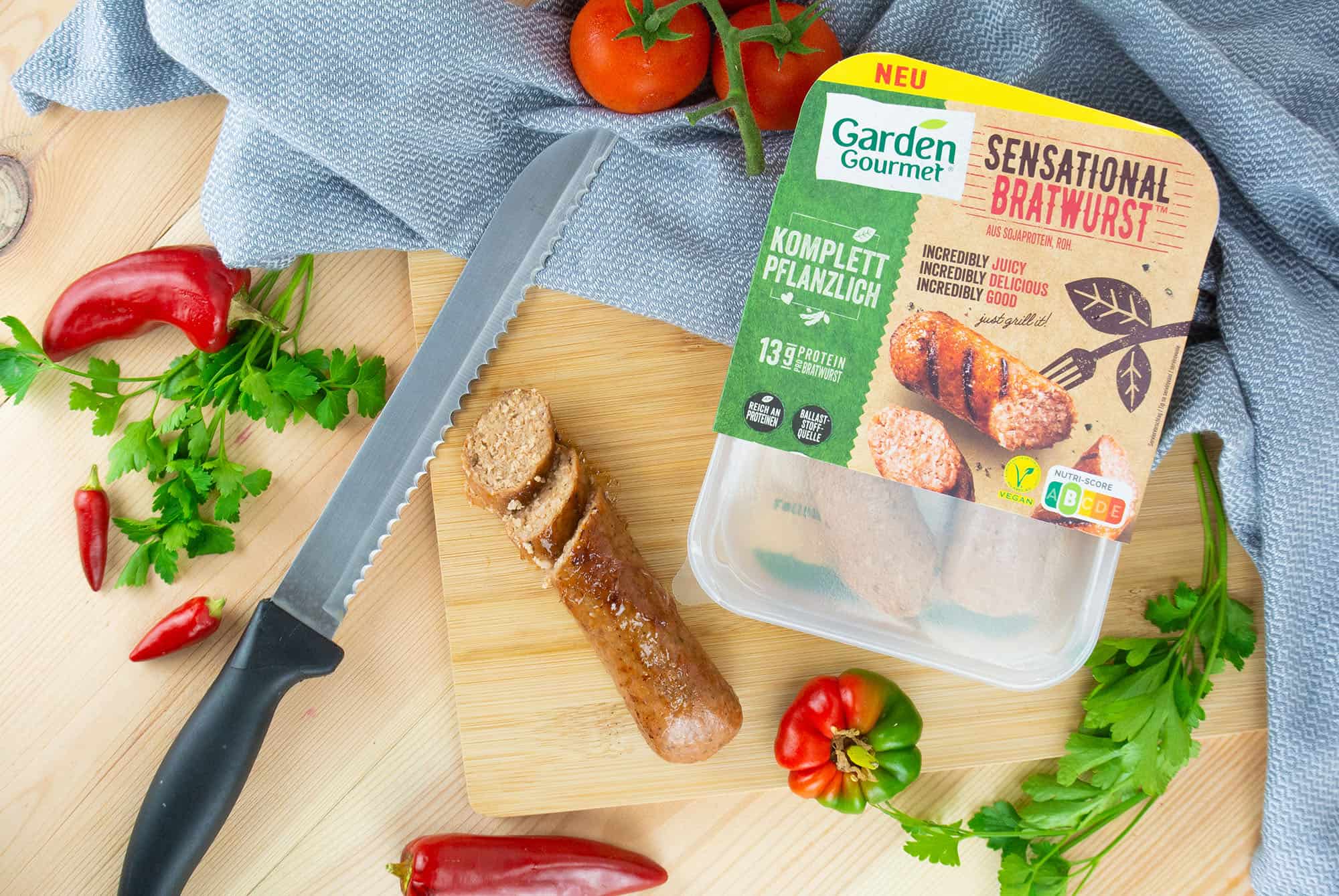
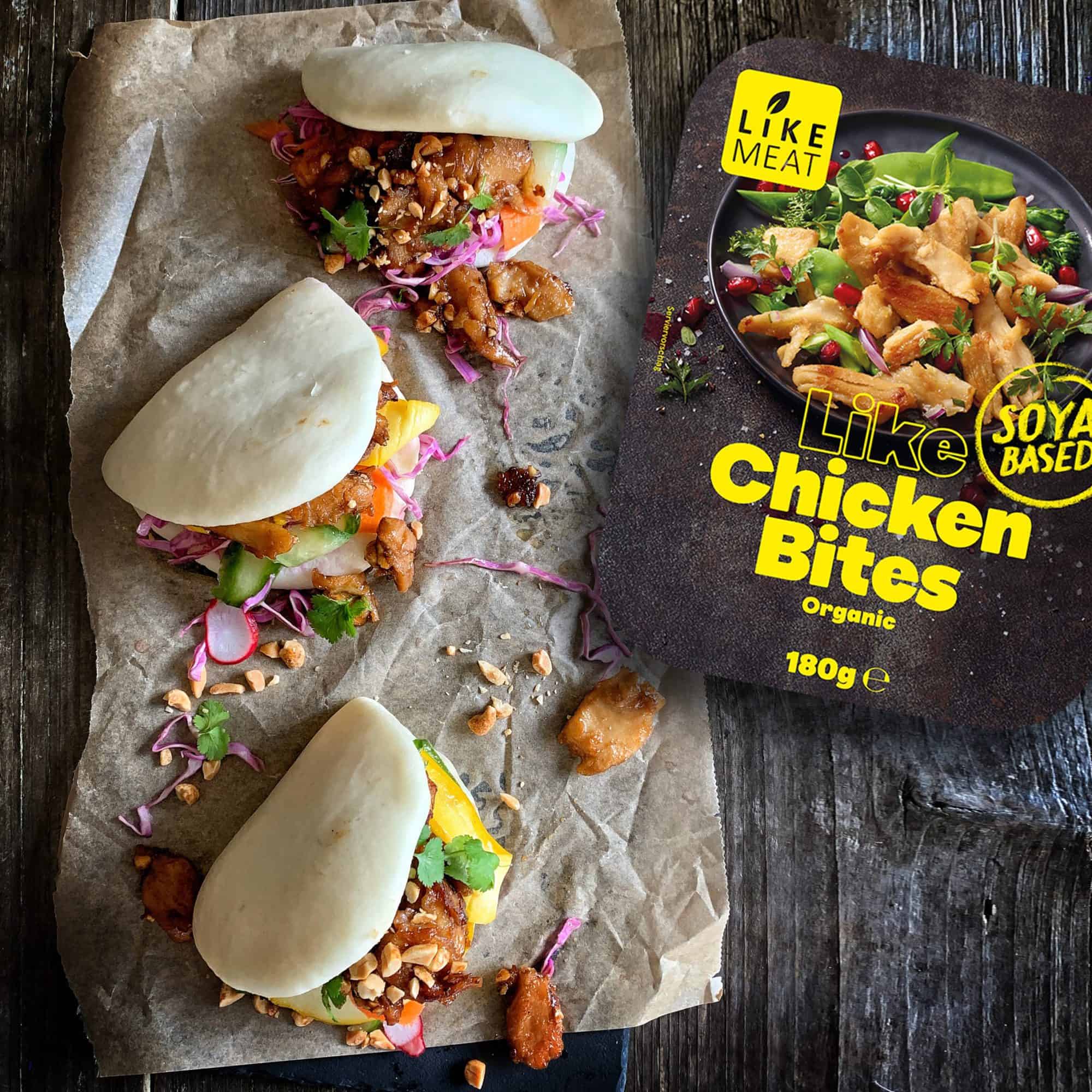
Second: Optimizing vegan meats to deliciousness
Mimicking animal fats is the way forward. So far, very few companies have attempted to replicate animal-based fats using plant, fungal, or algal sources, in terms of taste, functionality, and nutritional profile (source of protein, fat and iron), Proveg International believes. When it comes to plant-based meat, we expect it to have characteristic flavour, texture and appearance. Interestingly, taste is not just flavour. Yes, removing off flavours is step one in creating alt meat that would be a commercial success. But mouthfeel is the gold mine.
Mouthfeel is cited as being too far from (or simply not the same as) what consumers are used to from animal meat, according to Proveg International. A solution may be encapsulated in plant-based fats for improved taste. Combining plant proteins can be another. Synergic combinations such as pea and potato bring together texturized bulk protein with emulsifying, heat gelling protein for burgers and other vegan meats, the Good Food Institute states. Similarly, soy and wheat mixed together optimize meat-like texture for muscle-structured plant-based meat and fish via high moisture extrusion.
When it comes to functionality, (animal) proteins are often expected to have useful attributes in the preparation process, while cooking or in meals: such as water and oil holding, viscosity or gelation. Further optimization takes that into account, together with color change when heated, according to the Good Food Institute, or even “bleeding” quality of vegan beef meat created by Impossible Foods’ molecular engineering labs.
Third: Focus on technology rather than a product
New technologies or processes such as 3D printing could generate thousands of new products: not only a variety of meats, such as beef, pork, chicken and lamb, but also various cuts and different ageing or cooking styles, according to an article based on Chatham House analysis.
For example, Redefine Meat’s new 3D printing process mimics the precise composition of meat layer by layer to bring every fiber of real meat to fruition in a way that conventional vegan meat manufacturing cannot. Technologies like advanced AI and machine learning can customize meat offerings to suit varying tastes and dishes, which will be vital to converting mass meat lovers to plant-based alternatives, BBC informs. In addition, focus on technology will help bring about principles of circular economy: “meat” produced in a “printing machine” requires no surplus, no transport, no storage, and it doesn’t rot or go bad.
Fourth: Lab meat to finally convince the masses?
Have you ever heard of lab meat, but never knew what to expect? Thanks to investment in cellular agriculture, an emerging field in biotechnology, humankind is now able to use tissue engineering to produce edible products—fats, proteins, and trace minerals—that have traditionally come from livestock and farming. Such products, usually referred to as lab-grown meat, in vitro meat, animal-free meat or clean meat, along with plant-based substitutes, can possibly put livestock farms out of business, without necessarily meaning the end of meat. This vision of the future, although not entirely vegan, offers consumers to be able to choose from a variety of real meats, cultured in facilities, with no animals harmed in the making, The New Republic informs.
While this already sounds like the future knocking on our door, biotech companies are even exploring methods for engineering meat-like products from methane. Taking it one step further, according to Yuki Hanyu, founder of the Tokyo-based Shojinmeat Project, you can grow your own meat at home – from a cell! “Hanyu is providing Japanese high school students access to specially designed heated boxes that allow them to culture animal cells at home and grow them into meat-like products. The concept may seem far-flung, but the Shojinmeat Project is looking to establish a crowd-sourced, bottom-up approach to meat development that allows people to play with lab-grown meat and ultimately integrate it into their diets,” CBinsights shares.
“We are currently experiencing an unprecedented change in the food industry: instead of growing plant-based foods to feed animals, more products are being developed for direct human consumption without the unnecessary animal slaughter,” says Renato Pichler, CEO of V-Label GmbH. “This shortens the food chain and has many advantages. It conserves natural resources, causes less animal suffering, and is even healthier.”
Biggest business opportunities for manufacturers
2020 saw meat shortages or rising prices due to shuttered plants or disrupted supply chains, as well as media coverage and backlash against euthanizing animals in those plants that were forced to close due to Covid outbreaks. With the pandemic helping increase the interest in plant-based meats, it seems that, beyond 2020, the alt meat industry is the place to be. Investors from all over the world are taking notice, taking into account gen Z’s growing purchasing power and their strong stance on sustainability and environmentalism. Both plant-based meat products and lab-grown “clean” meat have seen notable investors, including some top VCs (Khosla Ventures, Kleiner Perkins Caufield & Byers). Venture capital firms and biotech accelerators are also funding research and development into these high-tech foods.
But it is hardly just about early-adopting VCs backing up bold startups. Major corporations involved in the meat industry are investing in meat innovation, with some of the largest companies even rolling out their own meatless products, the site further states. Kaufland’s K-Take it Veggie and Lidl’s Vemondo are already staples in many European households. German Like Meat is already a loved brand. Vegini, an Austrian startup with a pea-based product portfolio, is another example.
The trend is reinforced from both ends: investors representing more than 6.5 trillion USD called out six of the largest companies in the 570 billion USD global fast-food sector to act urgently on the climate and water risks in their supply chains. Meat corporates such as Unilever are acquiring vegetarian brands. In the US, Tyson Foods or Cargill are taking stand, CBinsights informs, citing Tyson Food’s CEO: “Plant-based protein is growing almost, at this point, a little faster than animal-based, so I think the migration may continue in that direction.” German Rügenwalder’s recent success is a testament to this trend: a family-owned business expanded its vegetarian and vegan line to such an extent that it currently offers more meat-free than meat-containing products. In 2020, the company saw a 50% increase in sales of meat-free products which was higher than the meat-containing product sales.
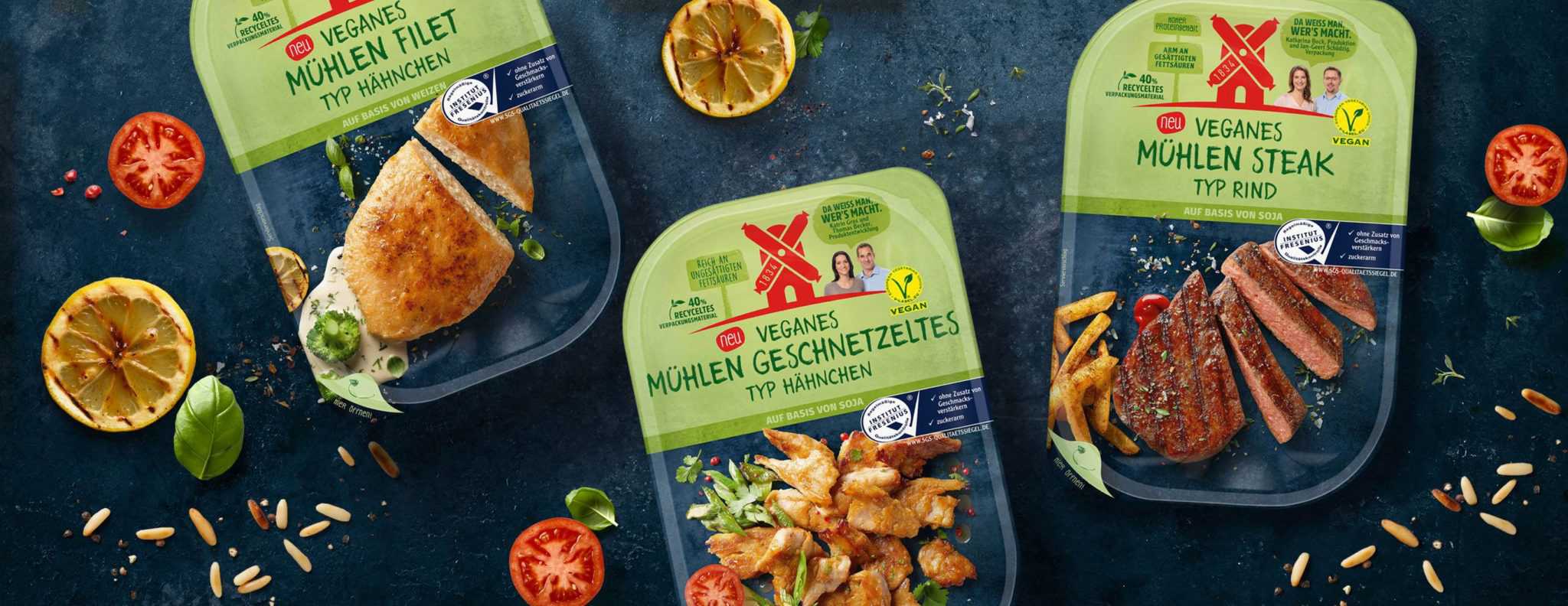
About V-Label
Across the globe, more than 70,000 products from more than 4,800 licensees now carry V-Label. V-Label, established in Switzerland in 1996, is an internationally recognized, registered seal for labeling vegan and vegetarian products and services. It is a reliable, go-to shopping guide for consumers.
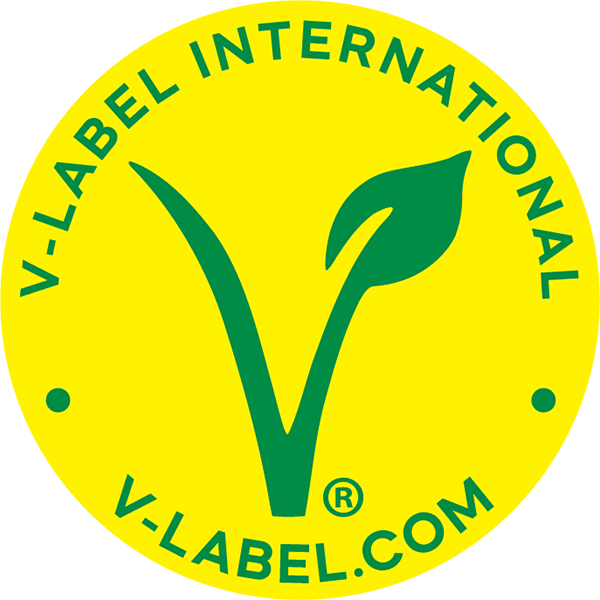
 Argentina
Argentina België (NL)
België (NL) Bosna i Hercegovina
Bosna i Hercegovina Brasil
Brasil Chile
Chile 中国
中国 Česká republika
Česká republika Colombia
Colombia Costa Rica
Costa Rica Danmark
Danmark Deutschland
Deutschland Ecuador
Ecuador España
España France
France Ελληνικά
Ελληνικά Hrvatska
Hrvatska Italia
Italia Lietuvių
Lietuvių 한국어
한국어 Magyar
Magyar Lebanon (EN)
Lebanon (EN) Melayu
Melayu Mexico
Mexico Nederland
Nederland Nigeria
Nigeria Norge
Norge Österreich
Österreich Perú
Perú Polski
Polski Português
Português Română
Română Русский
Русский Slovenčina
Slovenčina Türkçe
Türkçe South Africa
South Africa Suomi
Suomi Svenska
Svenska Schweiz
Schweiz Українська
Українська الامارات العربية المتحدة
الامارات العربية المتحدة Tiếng Việt
Tiếng Việt